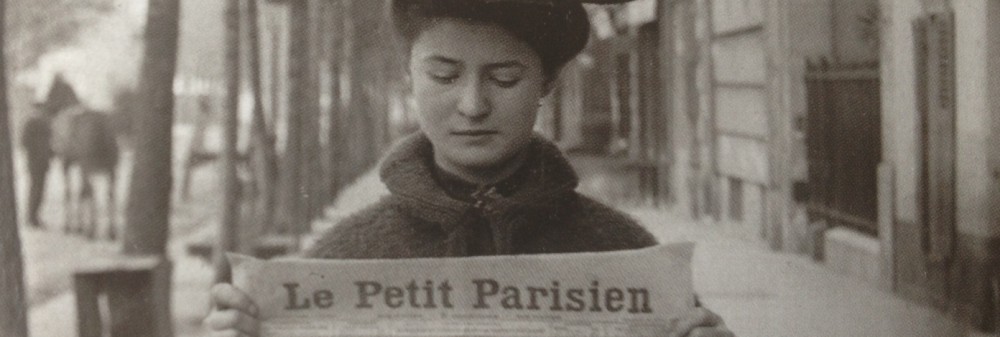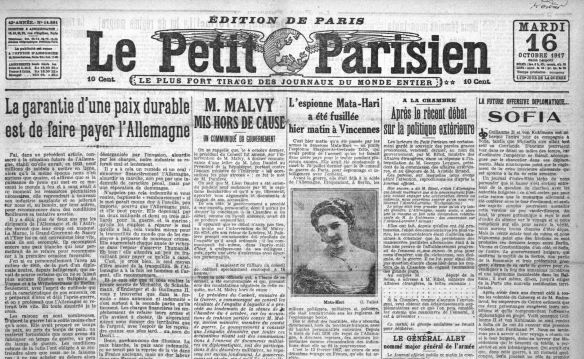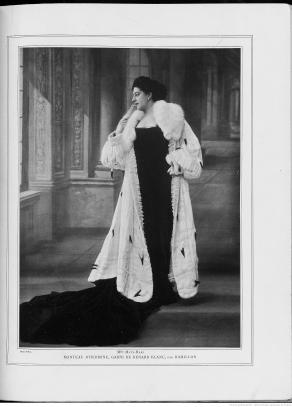
‘She abused our country’s hospitality for years only to betray us’, Le Petit Parisien, 16 October 1917. Source: BnF/Gallica.
On Monday the 15th of October 1917 at six in the morning Margaretha-Geertruida Zelle-Macleod, better known as Mata Hari, faced a firing squad in Vincennes. She was 41 years old. Earlier that year she had been sentenced to death for espionage by French military court. Newspaper Le Petit Parisien, which loved a bit of melodrama, describes how the first shots just wounded her after which a sergeant fired the lethal shot from close range. When her body dropped to the ground ‘her eyes’, according to Le Petit Parisien, ‘seemed to look up to the sky as if asking for forgiveness.’ OK then.
Much has been said and written about the Dutch-Frisian woman who reinvented herself in Paris as a mysterious, Asian dancer/courtesan, who captivated audiences at the Olympia and the Folies-Bergères. Today the consensus is that she was never really the master spy – or double agent – the authorities claimed she was. However, she was a good scapegoat. The execution of an alleged traitor, a foreigner no less, a performance artist with questionable morals, offered a small, symbolic victory at a time when France was facing tremendous losses in the war. This was quite clear in the way her death was reported in most national newspapers on the 16th of October. The papers managed to get her real name more or less right, but she is described as either German or simply ‘foreign’.
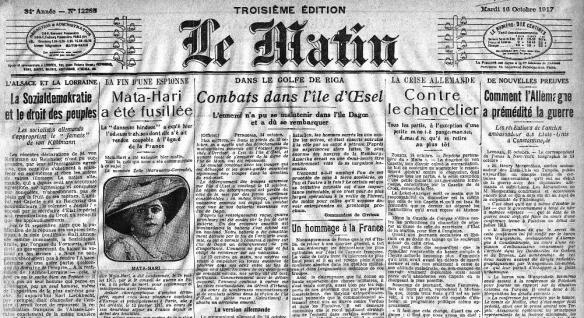
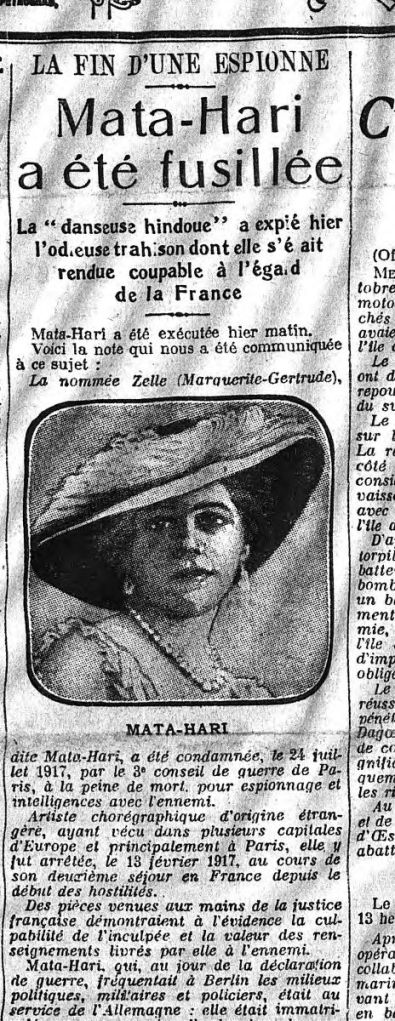 Fake Hindu dancer, traitor and ‘choreographic artist of foreign origin who lived in several European capitals’, Le Matin, 16 October 1917. Source: BnF/Gallica.
Fake Hindu dancer, traitor and ‘choreographic artist of foreign origin who lived in several European capitals’, Le Matin, 16 October 1917. Source: BnF/Gallica.
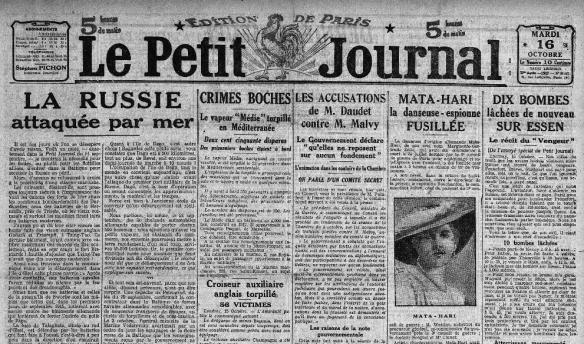
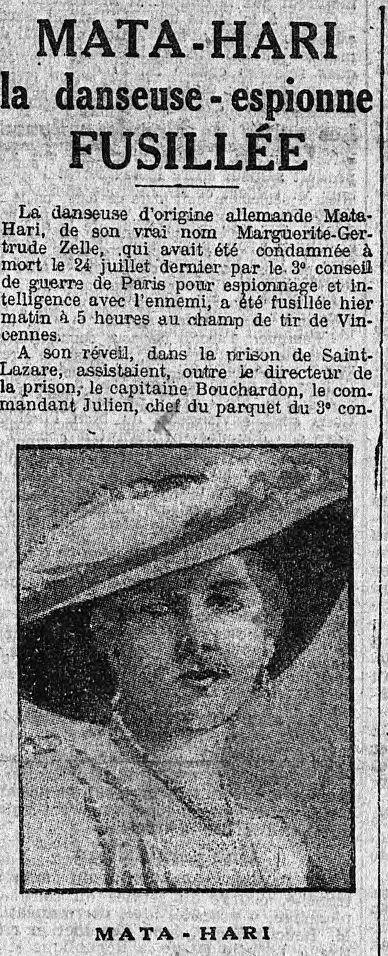 ‘The dancer of German origin’ according to Le Petit Journal, 16 October 1917. The woman in the photo does not really look like her, but who cares, the spy is dead. Source: BnF/Gallica
‘The dancer of German origin’ according to Le Petit Journal, 16 October 1917. The woman in the photo does not really look like her, but who cares, the spy is dead. Source: BnF/Gallica
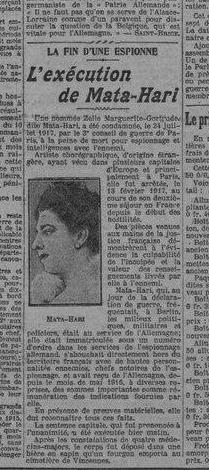
Le Journal, 16 October 1917: ‘Choreographic artist of foreign origin who lived in several European capitals’. The newspaper uses a detail of a photo of Mata Hari that had already appeared in fashion magazine Les Modes in February 1908 (see below). Source: BnF/Gallica
The press did not seem too interested in the actual person behind the myth. No journalist bothered to investigate her background or the facts of her case. Instead the papers regurgitated official press releases and old pictures, showing the many faces – literally – of the glamorous, but treacherous Mata Hari.
Newspaper La Croix cared even less and put the news of Mata Hari’s execution on page 4, next to advertising and the weather.
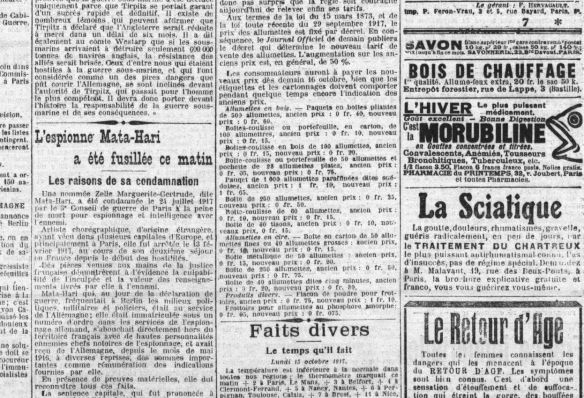
‘Choreographic artist of foreign origin who lived in…’ Wait, we’ve seen this sentence before. La Croix, 16 October 1917. Source: BnF/Gallica
